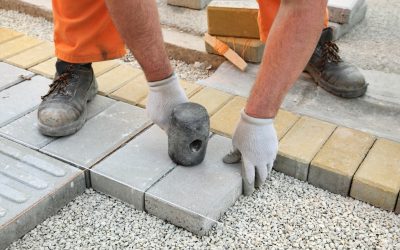What is it?
To understand reverse osmosis water treatment, it’s necessary to find out what osmosis means. Osmosis refers to the process wherein a solvent of low concentrated solute solution passes through a membrane to get to the higher concentrated solution, says How Stuff Works. In reverse osmosis, the opposite happens: the semi-permeable membrane, instead, makes it possible for water molecules to pass through, leaving behind the majority of dissolved salts and organics along with bacteria and pyrogens.
How does it work?
A reverse osmosis water treatment works by using a high pressure pump to increase the pressure on the salt side of the RO. This forces the water to pass through the RO semi-permeable membrane and results in about 95 percent to 99 percent of all dissolved salts to be left behind. The more concentrated the solution—which means the more minerals there are in the water—the greater the pressure needed to overcome the osmotic pressure.
What kind of contaminants can it remove?
The system is perfect for removing 99 percent of dissolved salts or ions. It’s also capable of removing particles and colloids along with organics, bacteria and pyrogens from your water. However, it would be best to remember that RO membranes reject minerals or contaminants based on size as well as charge. If a particular contaminant has a molecular weight that’s greater than 200, then that’s going to be rejected by a properly functioning RO system since water molecules only have a molecular weight of 18.
Is it right for your home?
Don’t just blindly go out there and shop for a water filtration system. Have your water tested first. Once you know what kind of contaminants you’re dealing with, it’ll be easier for you to decide whether this is the right water filtration solution for you or not.


